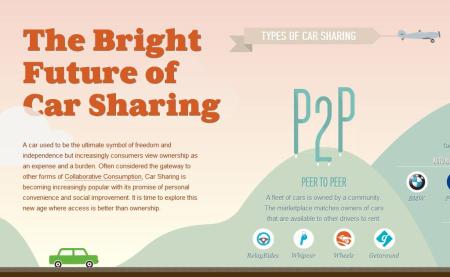
This week, the 2012 Millennial Impact Report, a survey of over 6,500 people ages 20-35 conducted by Achieve and Johnson, Grossnickle, and Associates, was published showing a lot of promising trends. Probably the biggest finding of the survey was that despite the US being in recession and unemployment being a major issue for young people, 75% of millennials donated in 2011.
Although the majority of these donations were $100 or less, the typical millennial donated to five organizations in 2011, and 87% said they expect to support at least the same amount in 2012. This is very exciting news, as it proves that young people want to get involved and donate. Now it is up to the nonprofits to make sure they inspire millennials to give.
Here are three of the biggest takeaways from the report:
1.) Over 77% of millennials said they have smartphones.
On top of that, 65% still say the website is their preferred method of learning about nonprofits. These two figures emphasize the increasing importance of a strong smartphone presence for all nonprofits.
This doesn’t necessarily mean your nonprofit needs to spend loads of money to build a mobile app. It simply means that your website should still look presentable on all devices. There is a good chance that most young donors first exposure to your nonprofit will be through their phone, so why risk putting them off because your website looks cluttered on the small-screen?
2.) 42% of millennials gave to what inspires them in the moment
The two key pieces to this statement are inspires and in the moment. Millennials want to be inspired, they want to change the world and solve major problems. It is your job as a nonprofit to light that fire within them.
The other important factor is that millennials donate “in the moment.” This doesn’t mean that they donate at random or haphazardly. Instead it implies that you only have a small window to capture their attention, so you need to make your call-to-action as clear and easy as possible. You don’t want to lose that inspired feeling because your donation button was difficult to find.

3.) Their biggest pet peeve was not knowing how their gift will make a difference
Be clear in how their donation will be used. Donors want to feel a personal connection to the nonprofit, and more importantly, want to feel that their money is not being wasted. By providing a clear explanation of how their donation will make a difference, you are allowing the donor to feel the benefits of giving and inspiring them to share this feeling with others.
Be sure to check out the full report here.
What inspires you to give? How do your giving habits relate to these findings?









